
Walt Disney World presents a strange contradiction to its fans. On the one hand, the primary draw of Disney's parks is nostalgia – we love to visit and remember the good times we've had before, the family and friends we toured the parks and resorts with, and the amazing things we saw that sparked our imaginations or created unforgettable memories. When we return to Walt Disney World, we're doing so, in part, as an attempt to relive those wonderful experiences.
However, that's not the only piece of the equation. Disney fans are also obsessed with what's to come. The only thing that annoys Disney fans more than the removal of a beloved attraction is a park devoid of creative change. We complain when we return to Walt Disney World only to discover that nothing new has opened. We despair when rides go unrefurbished for years or even decades.
This is the world the Walt Disney Company lives within: its most passionate fans are pleased neither with change, nor with tradition. They want both, and they want neither – and they want all of these things simultaneously. This is why, when Disney decides to redevelop its parks, it does so with a slow, steady, and assured approach. This is why, while Universal opens a new attraction seemingly every other week, Disney takes months even to announce plans to start constructing something new.
All of this makes predicting the future of Walt Disney World that much more difficult. There are attractions and shows that, clearly, are in need of work or reimagination, but it's unclear if these attractions will even receive that attention in the near future – either for reasons of sentimentality, capacity, or simply inertia.
But that doesn't mean we can't try to look down the line and guess what Disney will look like a decade from now. In fact, all of that difficulty makes the enterprise that much more fun.
How to gaze into a crystal ball
There are three elements of predicting the future for Walt Disney World. The first is rumor and confirmation – essentially, the things we know or hear may be coming to Walt Disney World sometime soon. These include things like Star Wars Land and Pandora: The World of Avatar, and so on.
The second is the educated guess. In looking at the theme parks the way we do, and with some knowledge we've gleaned from the history of Disney and the current climate, there are some things we can at least take a shot at predicting, even though there isn't much evidence pointing toward it. Basically, we look at the full picture and say, “You know, I bet this is what they're gonna do.”
The third is what we'd want to see. We've all visited Walt Disney World and thought to ourselves, “If I were in charge, I'd add this.” Maybe it's a new transportation solution, or an idea to renovate a property – whatever it is, there's no real evidence suggesting that will come down the line, but dang, we'd sure love to see it.
The first two elements of prognostication are a bit more useful, but the third is way more fun. Ultimately, the right balance of all three will show, as best we can, our vision of what the future holds for Walt Disney World.
So, with that in mind, let's take a look 10 years in the future – to the year 2025 – and see what exactly the Walt Disney World of tomorrow has in store for us.
But before we do that, let's take a page from the gone-but-not-forgotten Horizons, and see what we can learn from the past. In order to get a sense of what Walt Disney World might look like 10 years into the future, let’s take a look at how it has changed since 10 ago:
Walt Disney World in 2005
2005 was an interesting time for Walt Disney World. Positioned just beyond the end of the famed Disney Decade, a time when expansion, development, and construction seemed to be the norm, 2005 was the beginning of a decade of relative stability for the Florida resort.
If the 1970s and 1980s were the first era of Walt Disney World, and the Disney Decade was the second, the third can be seen as the time lasting from the economic downturn of 2001 until the opening of New Fantasyland in roughly 2012. While Disney’s first two eras were marked by rapid growth and experimentation, this third era – which we can call the Transitional Era – was notable more for its lack of development.
Consider this: During the Disney Decade, the Orlando resort saw the construction of dozens of hotels open, two theme parks, two water parks, Splash Mountain, Downtown Disney’s West Side, two mini-golf courses, and the Fastpass system. That’s an insane amount of development, and that list doesn’t even begin to describe all of the changes (countless other attractions, like the Tower of Terror and Buzz Lightyear’s Space Ranger Spin also debuted at this time).
In the Transitional Era, Disney built a lot less at its Florida property. Here are the highlights: Mission: Space, Mickey’s Philharmagic, Soarin’, Expedition Everest, Toy Story Mania, Wishes, and the Pop Century resort. There were other minor additions, like Turtle Talk with Crush, the Monsters Inc. Laugh Floor and, fatefully, Stitch’s Great Escape – but nothing on the scale of the decade prior.
In a vacuum, yes, that’s a lot of growth. But compared to prior eras, it didn’t really scratch the surface of what the Walt Disney Company was capable of. There were some good reasons, obviously: the attacks of September 11 had a dramatic chilling effect on vacation travel, the economy never fully rebounded to 1990s heights, and, just as it was starting to strengthen again in the mid-00s, the entire world economy collapsed. None of these are good climates to build in.
On top of that, Disney’s prime competitor in the local market, Universal Studios, had seemingly thrown in the towel. After their big expansion in the late 1990s with CityWalk, the hotels, and Islands of Adventure, investment in Universal had seemingly screeched to a halt due to numerous corporate battles and ownership transfers. Without any local competition, it’s easy to see why Disney felt comfortable sitting back.
The upshot is this: In 2005, our hopes for the Walt Disney World of 2015 couldn’t have been too massive. And, sure enough, the Walt Disney World of today doesn’t differ greatly from the one that existed ten years ago. But that doesn’t mean we should be as pessimistic looking forward to 2025. There are signs that a great time of growth is on its way to Central Florida.
The Disney Decade started partly because Universal took a shot at Disney with the 1990 debut of Universal Studios Florida, and now, in 2015, they’re doing it again. It continued because the momentum of opening newer and grander attractions, hotels, and shops is exponential. Once Disney saw the massive profits that could be made in giving guests new things to look forward to, they grew addicted to those profits and kept building more (and they would have gone even further, were it not for EuroDisney's disastrous debut in 1992).
And so, as we enter the fourth era of Walt Disney World’s history, there are signs that it might look more like the Disney Decade than the Transitional Era. Disney just announced its grand plans for the next half-decade at its D23 Expo in California, and on the docket are massive expansion projects for Disney’s Hollywood Studios, and some other additions around the resort. With what we know from Disney past, that’s a good sign for Disney future.
With all of that in mind, let’s take a trip to 2025 and see how things have changed – hopefully for the better.
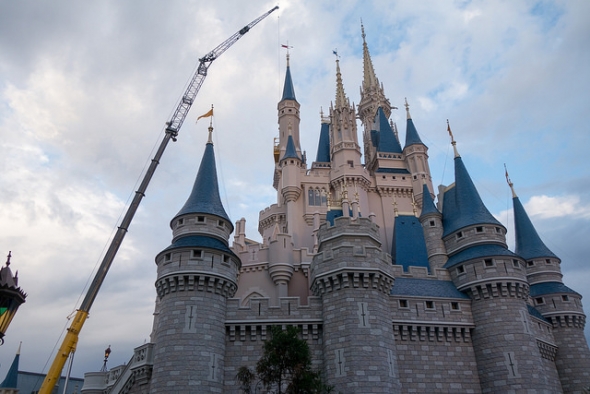
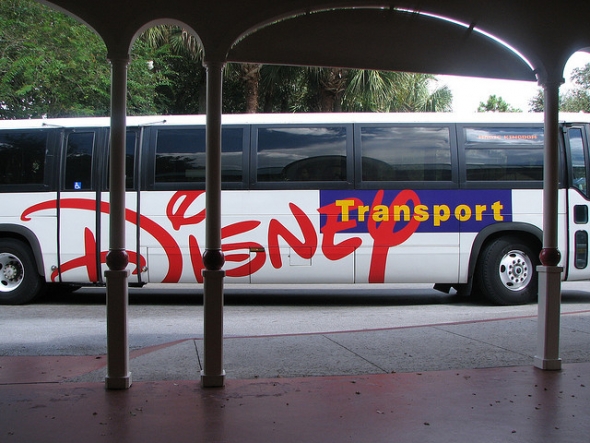
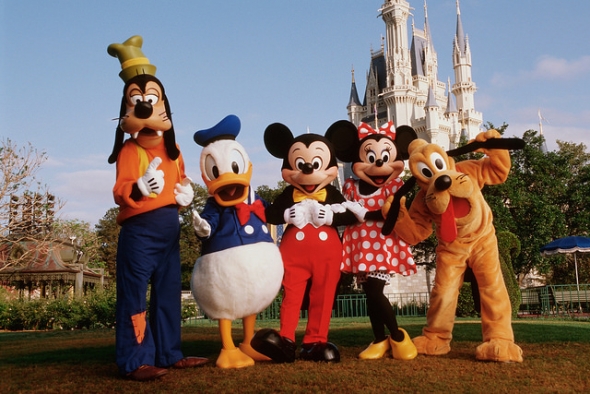
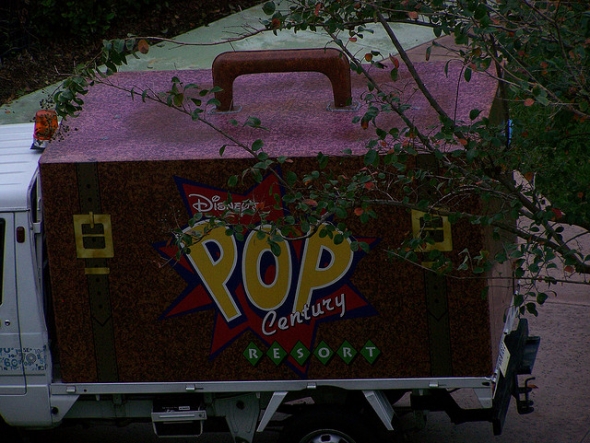
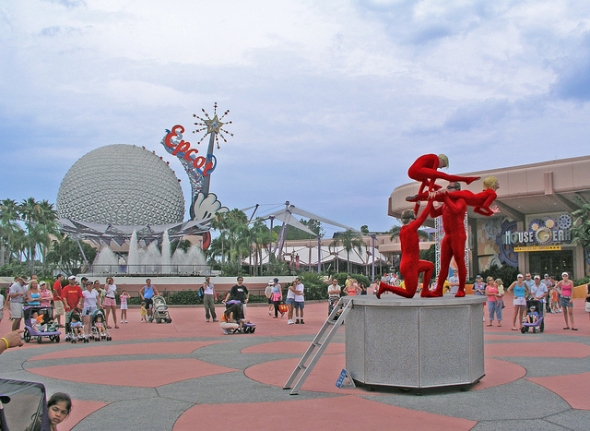

Comments
1) carousel of progress and Disneyland tiki room are both held under contract to the Walt Disney family (hence the only to attractions bearing waltz name). This means those attractions can not be changed or altered, which is why they always have maintenance issues. Disney parks co are only to keep them 80% operational. So progress will not be removed, but may be put into seasonal operation (as long as it operates 80% of the year). This is also why Disneyland tiki never received the "new management" makeover with zazu.
2) the road to frozen was paved in two different directions. The only reason it was placed in Epcot was because Norway did not wish to renew their sponsorship of the pavilion. So frozen became a cheap fix to a shuttered pavilion. (Same happened to the seas). If sponsorship goes, or cut down, Disney will reclaim the area as the new sponsor. The original reason figment left was because Kodak was pissed they were paying for the parks mascot. It really chapped Kodak the backlash over figment, hence why he came back in a much lesser enjoyment and more a obstinant teenager (how Kodak viewed figment).
Otherwise, I completely agree with the post!
.......I actually think adding rides to the World Showcase, like you mentioned something Mulan related in China and and something Ratatouille in France, is a great idea. Adding from the movies that actually took place in certain countries (unlike the mythical land of Arrandale) would make the World Showcase more interesting.
Sometimes you guys are way off base. I love your site, but geez! There have been significant rumors in the past three months that Disney is looking at Frontierland for the next expansion. With what? I don't know.
Also, Disney does not need Marvel in Florida!!! It's true! Why would they fork over a lot of money to a competitor when the competitor is actually doing amazing advertising for them??? Think about it. Universal is making Disney money and Disney has to do nothing. Eventually Marvel will go into Disneyland and that will do another good thing for Disney...drive diehard fans to make a trip to the west coast. Disney is a business and they know that Marvel Superhero Island only makes them money and provides free advertising.
Good food for thought
It got me thinking about something else
Will Seaworld Parks & Entertainment still be an entact entity then?
If current management cannot turn it around by then, I predict that it could be sold off piecemeal by Blackstone by then
Their San Antonio properties could appeal to Six flags further increasing their dominance in Texas. Or Cedar Fair could enter Texas that way.
Busch gardens Tampa becomes Six Flags Tampa
Busch gardens Williamsburg becomes Disney America. At least there should be less opposition there.
Seaworld Orlando becomes Jurassic world with the Antarctica attraction becoming a Minions ride. Hate to see that trackless ride system go to waste. All of this connected to Universal Studios Orlando via monorail along international drive, of course.
But of course the problem with this prediction is who would really want Seaworld San Diego with the height restrictions on attractions there? Merlin Entertainment? furthering cementing their foothold in the area?
I could see Comcast buying them before Six Flags. It's sad how Blackfish damaged this amazing company. People fail to realize how much good SeaWorld does. They also seem to forget that SeaWorld can provide lasting memories for children and inspire them to become more involved with our environment.